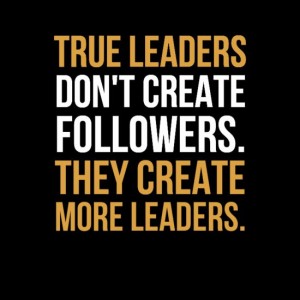
The world today is increasingly complex with the rate of change ever increasing.
Globalisation means organisations are operating in many more countries, experiencing many different cultures and ways of working, having increasing number of opportunities as economies shift, and many more threats as new organisations start to challenge some of the more long standing ‘traditional’ players.
The on-going speed of technological advancement means traditional ways of working are becoming outmoded. People are more networked, decisions are expected to be quicker and quicker, stakeholders expect to be communicated too more effectively, all of this working across multiple time zones.
Technological advancements will give rise to new commercial opportunities. Nimble organisation will be able to take advantage of these opportunities whilst the slow moving organisation will be threatened and possible overtaken.
Organisations are also facing the challenges of diminishing resources and increasing climate change and having to become more sustainable. Also having to align their businesses to meet the changing expectations of consumers in a climate of ‘sustainability’.
These scenarios are just the tip of what organisations are facing, and will face more of in the future. To thrive, and not just survive, they will need to adapt to the changing circumstances, grab the opportunities that present themselves and deal with the threats as they arise.
This will take more than the traditional ‘heroic’ leader – the ‘perfect CEO’ who deals with all the conflicting priorities and changes and has all the answers.
Organisations will need leadership capacity not just with the CEO and top team, but in teams across all levels of the organisation, in the multiple markets that they operate in, and in the multiple disciplines that are required to meet consumer needs.
Leaders who are able to manage the day-to-day operations AND also transform their parts of the organisation, aligned to the wider organisational purpose and values, to take advantage of the opportunities that present themselves and manage the threats that arise at a local level.
Ask yourself:
- What proportion of your organisation are currently acting as leaders?
- What proportion do you really need to meet future challenges?
- What is the gap and what are you doing about it?
The organisations that will be best placed to meet the ever increasing rate of change will be those that have developed broad leadership capacity across their organisation.
Those that have understood what they really need from their leaders of the future and have articulated what leadership really means for their organisation and context.
And those that don’t just talk about leadership but truly role model the leadership ability, aptitude and attitude they need from the top team down.
Share this entry
Stretch People
Stoke Poges
Buckinghamshire
SL2
Contact us
M: 07967 467 408
E: steve@stretchpeople.co.uk


